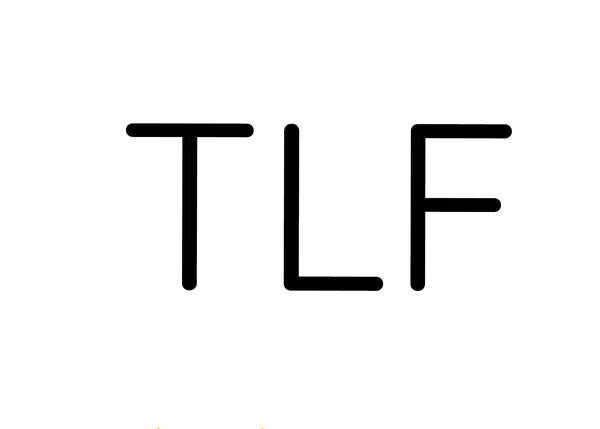Shabby Chic vs Cottagecore
Title: Shabby Chic versus Cottagecore: Similar Aesthetics, Different Expressions
In the world of interior design and home décor, terms like "Shabby Chic" and "Cottagecore" often surface, sparking interest and inspiration among homeowners and designers alike. While both styles embody a love for simplicity, comfort, and nostalgia, they each have distinct characteristics that differentiate one from the other. This article explores these two popular styles, highlighting their similarities, differences, and unique charms.
Shabby Chic: Effortlessly Elegant
Shabby Chic, a term coined in the 1980s by British designer Rachel Ashwell, is a design style known for its vintage elements, distressed furniture, soft pastel color palette, and a cozy, lived-in feel. It embraces imperfections, often repurposing and upcycling old furniture and décor to create a charming, comfortable space.
Key elements of Shabby Chic include slipcovered sofas, distressed white-painted furniture, ornate architectural pieces, soft floral patterns, and a light, airy color scheme. While the style leans towards the feminine, it carries an effortless elegance that transcends gender and lends a timeless appeal to any space.
Cottagecore: A Rustic Escape
Cottagecore, a recent trend that has gained traction particularly among millennials and Gen Z, is an aesthetic movement that idealizes a simple, rural life. It's about creating a space that feels like a countryside retreat, filled with homemade crafts, natural materials, and rustic charm.
Elements that define Cottagecore include rustic furniture, natural fabrics, botanical prints, vintage kitchenware, and an abundance of indoor plants. Cottagecore also emphasizes sustainability and DIY ethos, with homemade décor, repurposed items, and homegrown food playing a big part in the lifestyle. The color palette often revolves around earth tones and muted pastels, creating a soothing, nature-inspired atmosphere.
Comparing Shabby Chic and Cottagecore
While Shabby Chic and Cottagecore share a love for vintage, simplicity, and comfort, they express these values differently.
1. Urban vs Rural: Shabby Chic carries an urban feel, often seen in city homes seeking to capture a vintage, romantic vibe. Cottagecore, on the other hand, is all about the rural and pastoral, aiming to recreate the idyllic atmosphere of a countryside cottage.
2. Elegance vs Rusticity: Shabby Chic is defined by a casual, effortless elegance, achieved through a mix of vintage and distressed items, soft colors, and ornate details. Cottagecore emphasizes rusticity, favoring raw, natural materials and homemade items.
3. Femininity vs Neutrality: Shabby Chic leans towards the feminine, with its floral prints and pastel colors. Cottagecore, while also incorporating floral and botanical elements, tends to have a more gender-neutral appeal.
4. Repurposed vs DIY: Both styles embrace sustainability, but while Shabby Chic focuses on repurposing and upcycling old items, Cottagecore puts a spotlight on DIY crafts and homemade décor.
Conclusion
Shabby Chic and Cottagecore, while sharing similarities in their embrace of comfort, nostalgia, and vintage charm, are distinct in their aesthetics and expressions. Shabby Chic captures a more urban, casually elegant feel, while Cottagecore seeks to recreate the tranquility and rustic charm of countryside living. Choosing between the two often comes down to personal preferences, lifestyle, and the atmosphere one wishes to create in their space.
